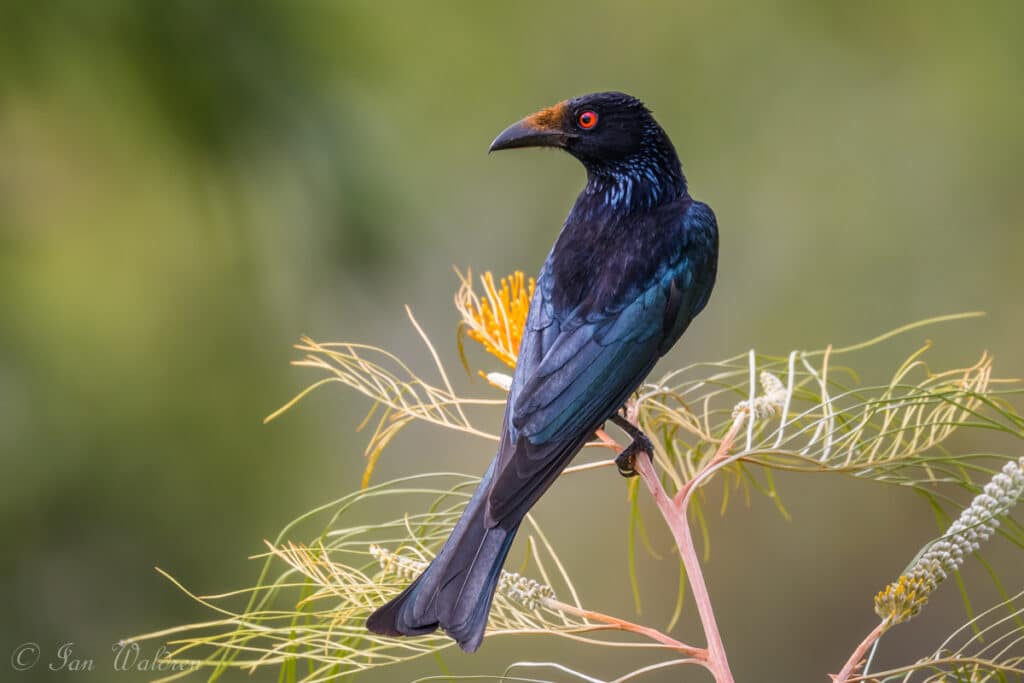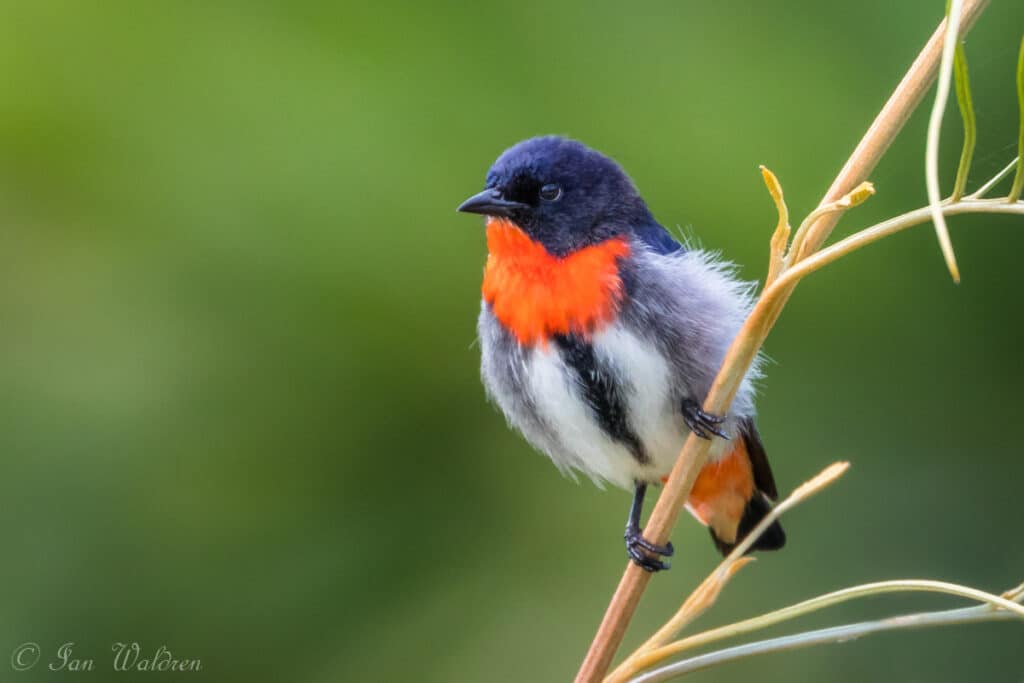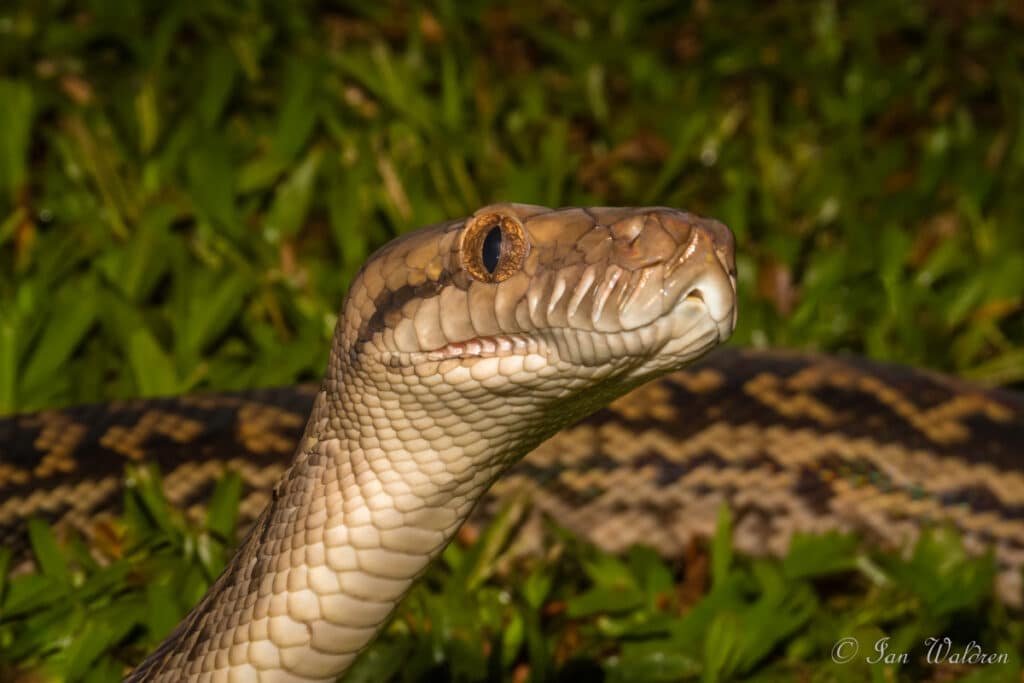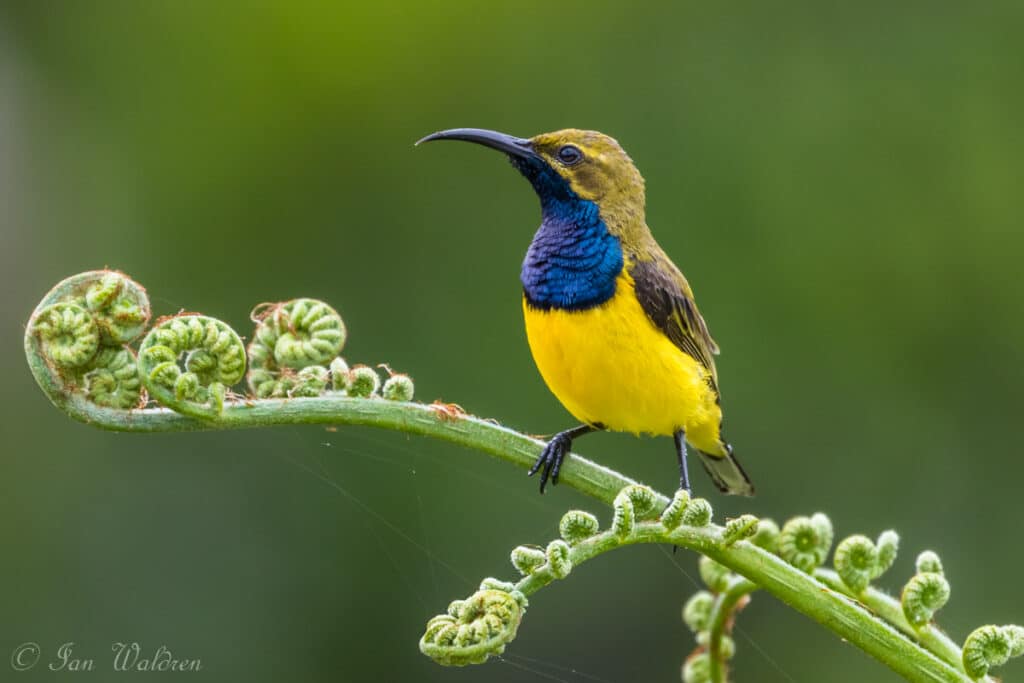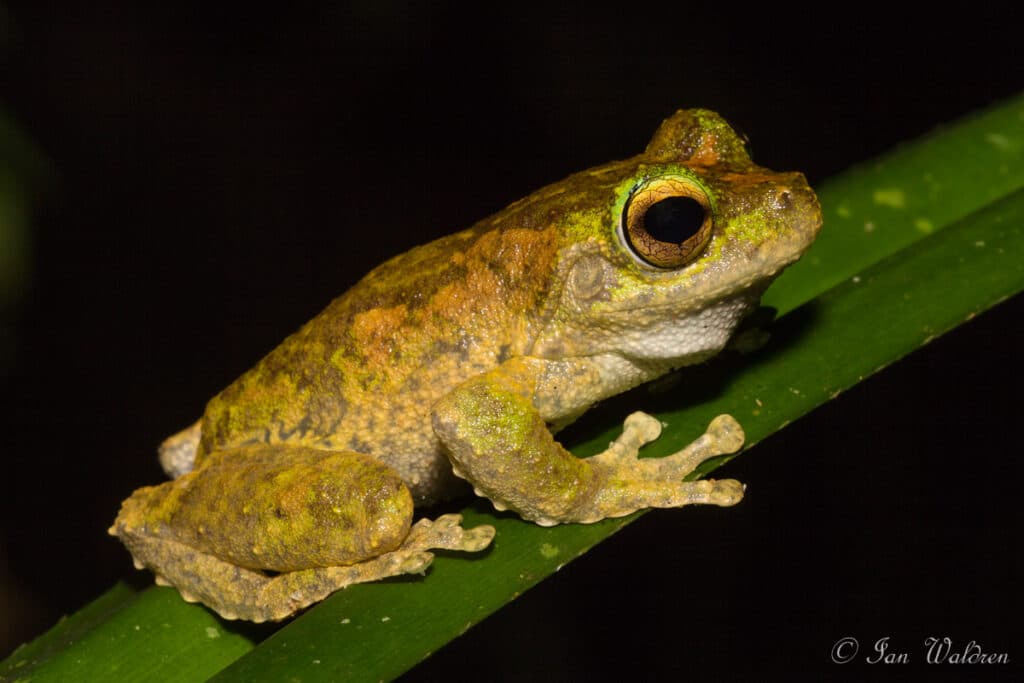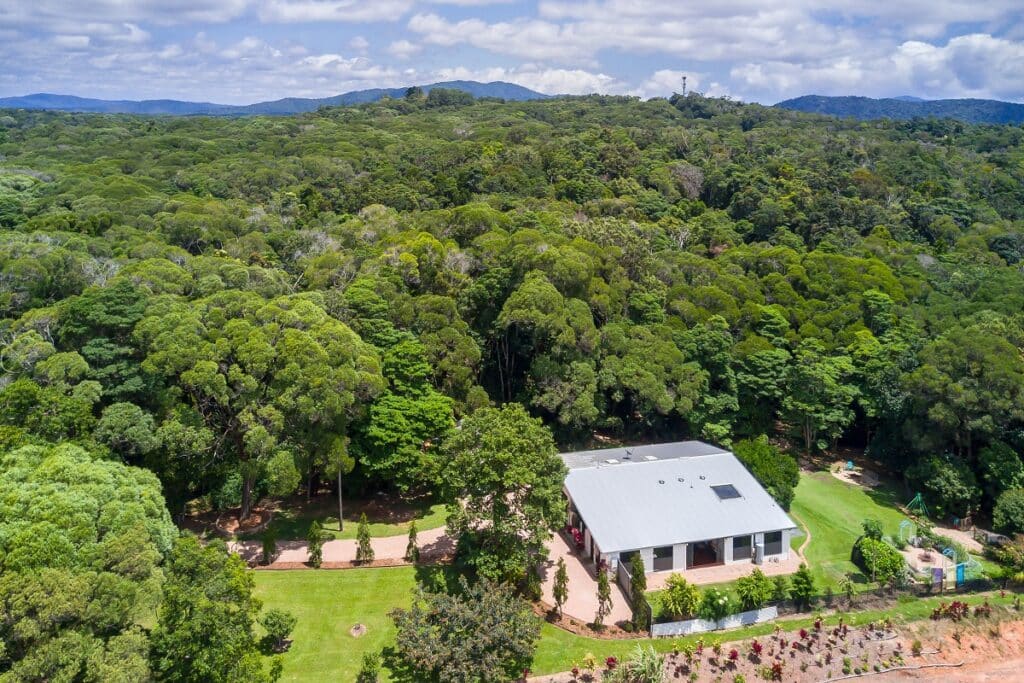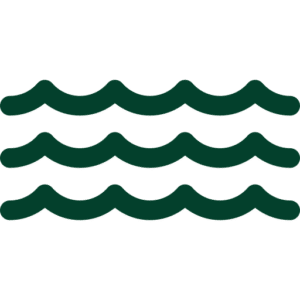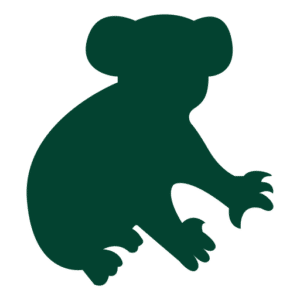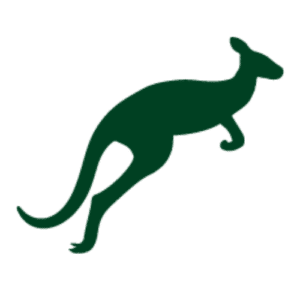Ian and Helen Waldren are the owners of Gecko Lodge, a property located in Kuranda, approximately 25km northwest of Cairns, Queensland. The property is a residence as well as a wildlife rehabilitation centre and sanctuary. The owners wish to preserve the existing habitat and native species whilst eliminating weeds and feral animals from the property. The land is also registered with Land for Wildlife.
Gecko Lodge borders Barron Gorge National Park and covers 1.64 hectares. Twenty percent is garden landscaped and planted to provide food and shelter for wildlife, the remainder is high diversity rainforest. The property features a permanent creek and forms part of a wildlife corridor connecting to Jum Rum Creek and the Barron River. The property is situated in the Wet Tropics and is surrounded by World Heritage listed National Parks.
Mammal species found on the property include agile wallabies (Macropus agilis), red-legged pademelons (Thylogale stigmatica), musky rat-kangaroos (Hypsiprymnodon moschatus), northern brown bandicoots (Isoodon macrourus), coppery brushtail (Trichosurus johnstonii) and green ringtail (Pseudochirops archeri) possums, striped possums (Dactylopsila trivirgata), giant white-tailed rats (Uromys caudimaculatus) and spectacled flying foxes (Pteropus conspicillatus).
The sanctuary also features iconic insects such as Ulysses swallowtail (Papilio ulysses), Cairns birdwing (Ornithoptera euphorion) and red lacewing (Cethosia biblis) butterflies and the giant Hercules moth (Coscinocera hercules). The land is also a significant habitat for frogs with 14 species commonly seen and heard, including the critically endangered Kuranda tree frog (Litoria myola). Ten snake and nine lizard species have been recorded including amethistine pythons (Simalia amethistina) reaching five metres in length and two-metre lace monitors (Varanus varius).
Eighty two bird species have been recorded on and above the property including the orange-footed scrubfowl (Megapodius reinwardt), brush turkey (Alectura lathami), king parrot (Alisterus scapularis), brown quail (Coturnix ypsilophora), grey goshawk (Accipiter novaehollandiae), brown goshawk (Accipiter fasciatus), pale-vented bush hen (Amaurornis moluccana), red-necked crake (Rallina tricolor), bush stone-curlew (Burhinus grallarius), topknot pigeon (Lopholaimus antarcticus), Wompoo (Ptilinopus magnificus) and superb (Ptilinopus superbus) fruit doves, emerald dove (Chalcophaps indica), rainbow (Trichoglossus moluccanus) and scaly-breasted (Trichoglossus chlorolepidotus) lorikeets, double-eyed fig parrot (Cyclopsitta diophthalma), barking owl (Ninox connivens), Australian owlet nightjar (Aegotheles cristatus), azure (Alcedo azurea), buff-breasted paradise (Tanysiptera sylvia), forest (Todiramphus macleayii) and little (Alcedo pusilla) kingfishers, rainbow bee-eater (Merops ornatus), hornbill friarbird (Philemon yorki), Lewin’s honeyeater (Meliphaga lewinii), olive-backed sunbird (Nectarinia jugularis), black butcherbird (Cracticus quoyi) and spotted catbird (Ailuroedus melanotis).
Wet Tropics endemics Victoria’s riflebird (Ptiloris victoriae), Macleay’s honeyeater (Xanthotis macleayanus), pied monarch (Arses kaupi), chowchilla (Orthonyx spaldingii) and bridled honeyeater (Lichenostomus frenatus) are also present.
This sanctuary is featured in Wildlife Lands 20!
Gecko Lodge is positioned on the eastern edge of the Atherton Tablelands and over 350 metres above sea level, where the Barron River begins its steep descent to the coastal flood plains. Surrounded by the Barron Gorge and Kuranda National Parks, the area is an important and biodiverse wildlife corridor between the Daintree and Carbine Tablelands and the Lamb Range and Atherton regions.
Sir David Attenborough is often asked to name his favourite place on earth and his response is: “I have no hesitation in answering that question. My favourite place is North Queensland. It has for naturalists everything…there’s a tiny pocket of tropical rainforest that has survived for millions of years, from the time dinosaurs wandered the Earth. It is quite unlike any other place on Earth.”
We have over 2,800 plant species in 221 families in the World Heritage Area and about 4,000 species in the bioregion. Some ancient plants have a family all to themselves. As part of the monitoring of the Endangered Kuranda tree frog (Litoria myola), we perform water quality tests on the creek that forms the bottom boundary of Gecko Lodge. In 2016 there was a temperature increase of three degrees in this spring-fed creek which makes its way into Jum Rum Creek and then into the Barron River. Little wonder that 2016 was one of the worst coral bleaching events in recent times as the coral literally cooked.
Following four failed wet seasons we finally experienced a good season this summer with record rainfalls, and in March I recorded in excess of a metre of rain at Gecko Lodge. The rainforest was literally singing, the noise of the frogs deafening and rainforest trees fruiting and flowering abundantly.
If you ever have the opportunity to visit please do, you will be amazed at the beauty of this region that I am fortunate to call home. You will find unique wildlife such as the cassowary, Lumholtz’s tree kangaroos, fresh and saltwater crocodiles and my favourite the Irish kangaroo or pademelon—the small, shy rainforest wallabies that abound at Gecko Lodge.

